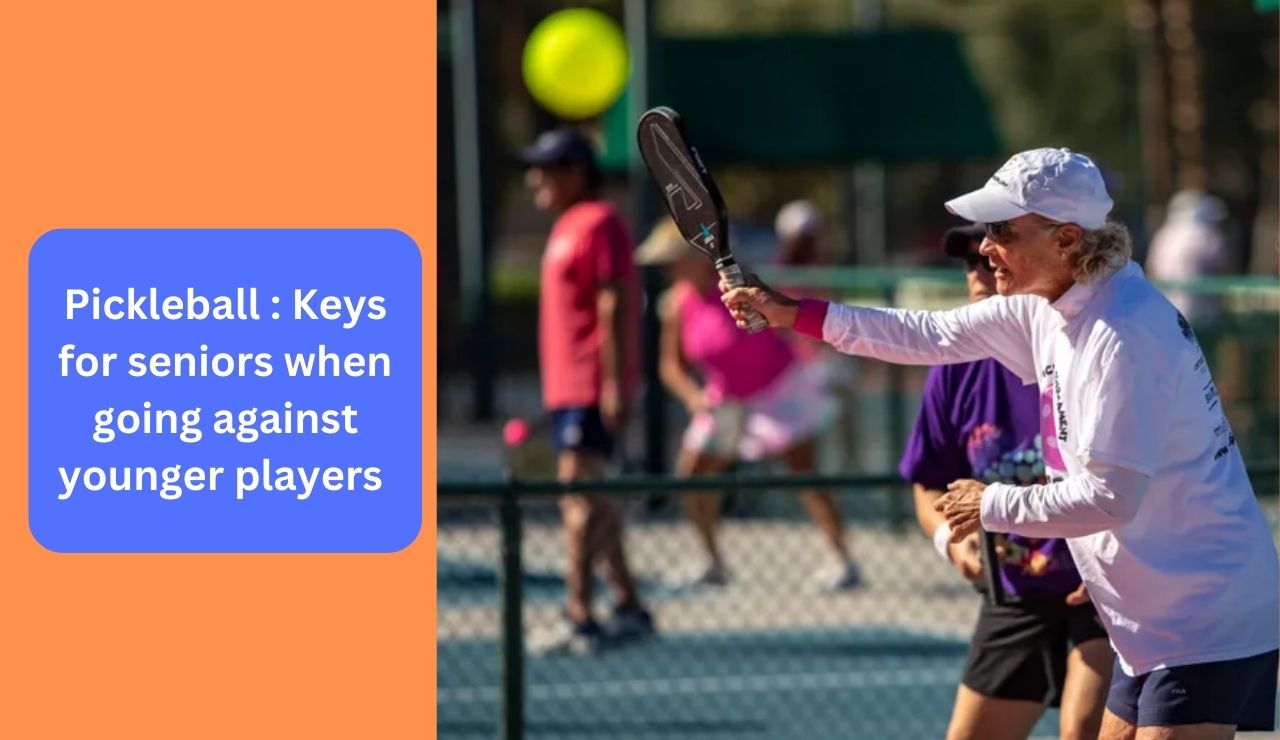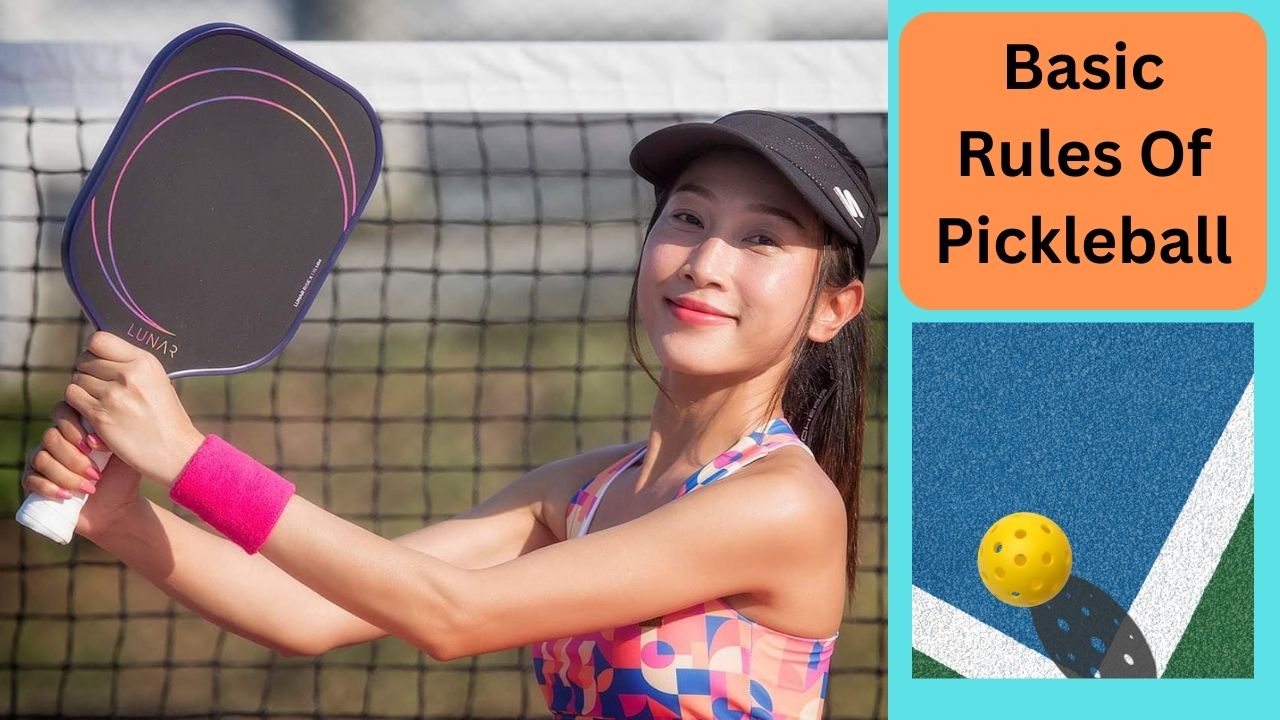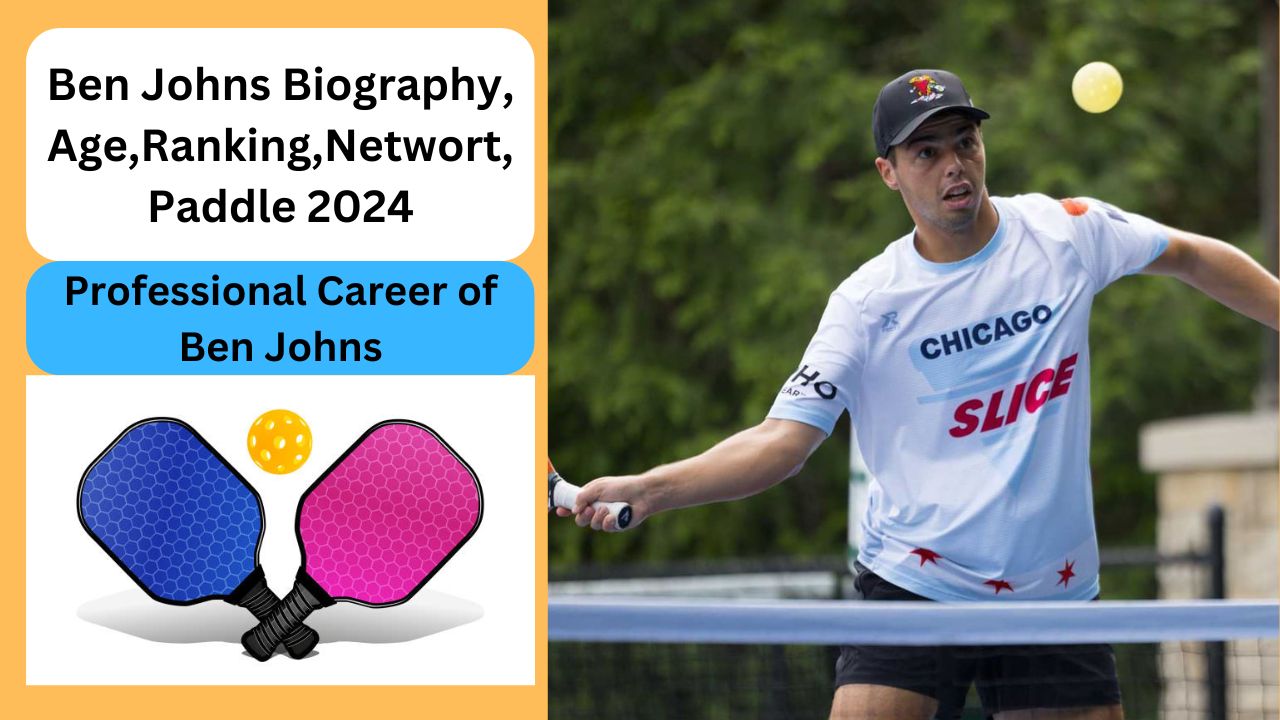This week’s column is dedicated to strategies for seniors who are facing younger opponents. To get a better understanding, let’s take a look at this informative video by Steve Paranto on how to handle younger players effectively.
Here are some key strategies to consider :
- Keep the Ball in Play: Younger players tend to become impatient and are more likely to make unforced errors if the ball is consistently in play.
- Avoid Giving Attackable Balls: Ensure your dinks are short and low. Avoid sending high balls that can be easily attacked.
- Avoid Going for Lines in Doubles: Young players are often quick enough to reach balls near the lines, so aiming for them may not be effective.
- Steer Clear of Extreme Angles in Dinking: Younger opponents can often execute advanced shots like ATPs (Around the Post) and recover, so avoid trying to hit extreme angles.
- Avoid Paddle Battles: Don’t engage in fast-paced exchanges or speed-ups. Instead, focus on a softer game and attack only when they make a mistake.
- Emphasize a Soft Game: Play more conservatively and keep the game soft against younger players.
- Be Cautious with Lobs: Lobbing may not be as effective against younger players. You need to be highly skilled with topspin lobs and better at disguising them from the non-volley zone (NVZ). Aim your lob over their backhand or target the slower player.
- Use Drop Volleys Wisely: Drop volleys may not be as effective against younger players as they can quickly reach the net.
- Target Their Feet on the Fourth Ball: When they are moving towards the NVZ, place the ball at their feet instead of a dead drop. Using topspin can be beneficial here.
Personal Insight: A few years ago, I played a 4.5 mixed doubles match against some younger players from San Diego. My partner, a strong senior player, and I lost the first set and he was quite frustrated.
To turn things around, I started targeting the weaker player with dinks and removed the stronger player from the action. We ended up winning the next two sets.
After the match, the younger players asked how we managed to beat them. My strategy was to disrupt their rhythm, make them work harder, and avoid giving them any opportunities to attack. This approach made the game more about strategy than speed.
Pickleball is often more like chess than checkers—strategic thinking can be more important than sheer speed.
Here’s a table summarizing the key strategies for seniors competing against younger players :
| Strategy | Description |
|---|---|
| Keep the Ball in Play | Maintain play to capitalize on younger players’ tendency to make unforced errors due to impatience. |
| Avoid Attackable Balls | Keep dinks short and low; avoid sending high balls that younger players can easily attack. |
| Avoid Going for Lines in Doubles | Aim for safer targets rather than the lines, as younger players can reach and intercept these shots. |
| Steer Clear of Extreme Angles | Refrain from extreme dinks; younger players can execute advanced shots and recover effectively. |
| Avoid Paddle Battles | Stay away from fast exchanges; focus on a soft game and attack only when younger players make mistakes. |
| Emphasize a Soft Game | Play a controlled, soft game to challenge younger players’ speed and agility. |
| Be Cautious with Lobs | Use topspin lobs skillfully and disguise them well; aim for the backhand side or the slower player. |
| Use Drop Volleys Wisely | Be cautious with drop volleys as younger players can reach them easily; use these shots sparingly. |
| Target Feet on Fourth Ball | Place the fourth ball at the opponent’s feet as they approach the NVZ; use topspin to make it more effective. |
This table provides a clear, concise overview of each strategy and its purpose in the game.
Read Also : Pickleball’s Official Food: Blueberries, Not Pickles



